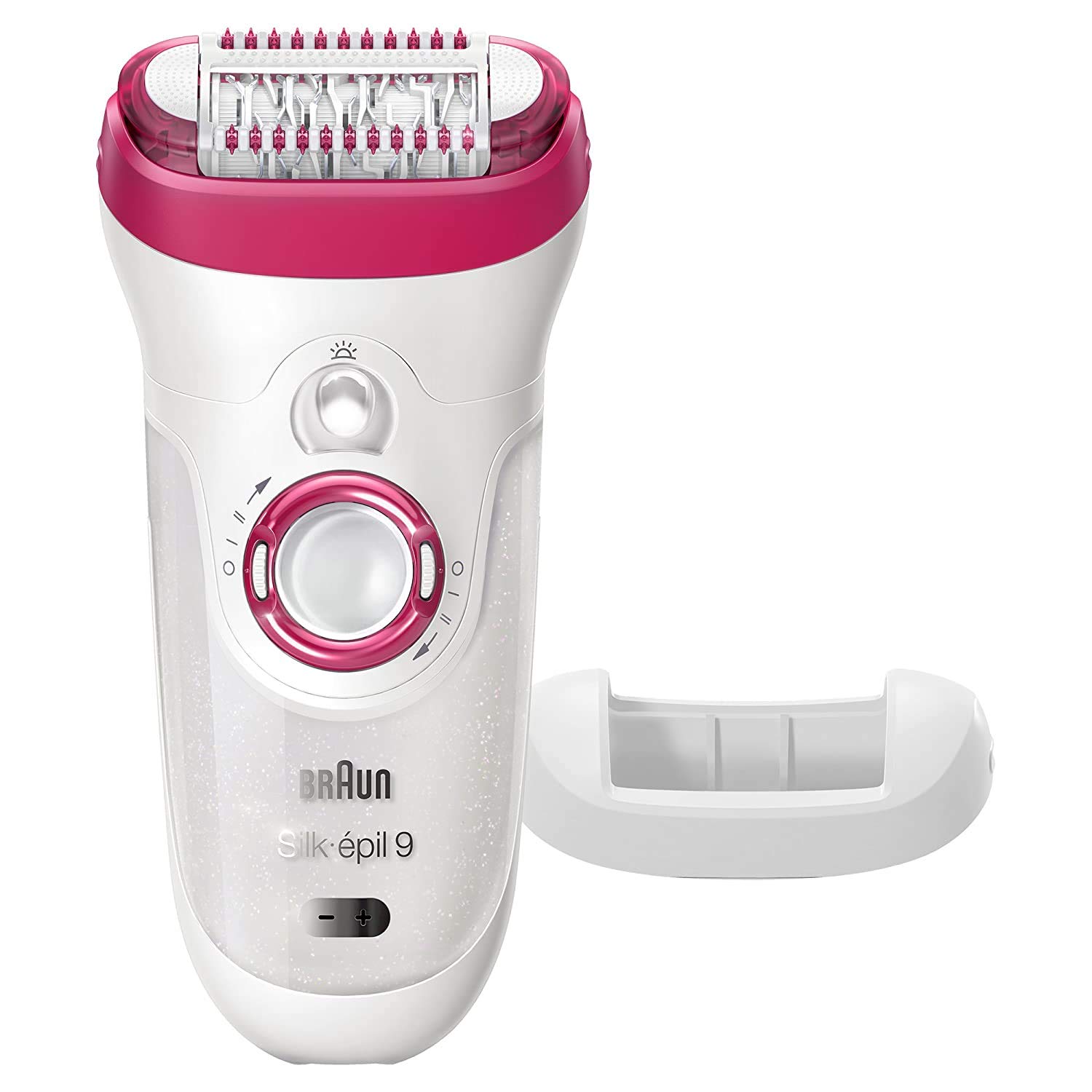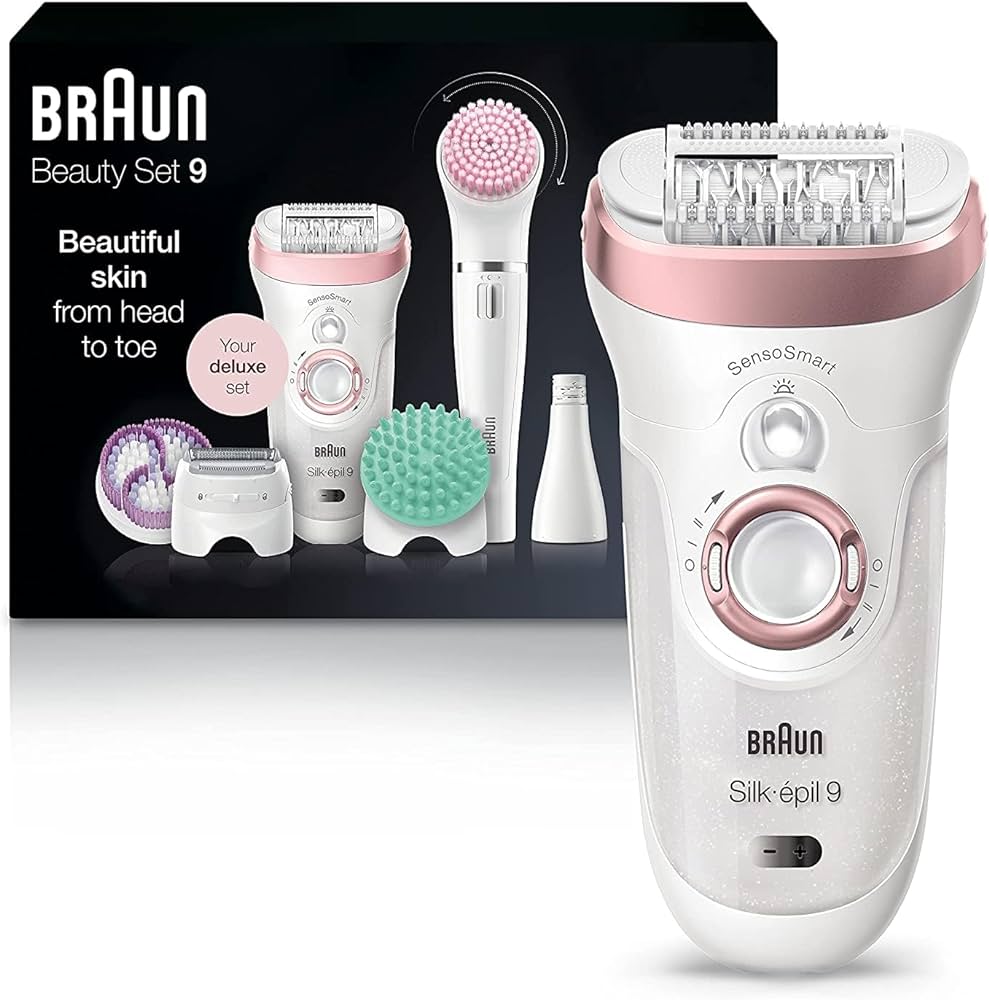What should I do to ease the pain after hair removal?
Introduction:
Hair removal methods, such as waxing, epilation, or shaving, can sometimes leave the skin feeling sensitive and uncomfortable. While pain during hair removal is common, there are several steps you can take to ease the discomfort and soothe your skin afterward. By following these guidelines, you can minimize pain, reduce inflammation, and promote a faster recovery. In this guide, we will explore various techniques to help you ease the pain after hair removal, ensuring a more comfortable and enjoyable experience.

What should I do to ease the pain after hair removal?
Apply a Cold Compress or Ice Pack:
Immediately after hair removal, applying a cold compress or ice pack to the treated area can help reduce pain and inflammation. The cold temperature constricts blood vessels, numbing the area and providing temporary relief. Wrap the ice pack or cold compress in a thin cloth and gently press it against the skin for 10 to 15 minutes. Take short breaks if the cold becomes too uncomfortable. Avoid placing ice directly on the skin to prevent frostbite or damage.
Take Over-the-Counter Pain Relievers:
If you experience significant pain or discomfort after hair removal, you may consider taking over-the-counter pain relievers such as ibuprofen or acetaminophen. These medications can help reduce pain and alleviate inflammation. Follow the recommended dosage instructions and consult with a healthcare professional if you have any underlying health conditions or are taking other medications.
Use a Soothing Aloe Vera Gel:
Aloe vera gel is known for its soothing properties and can provide relief after hair removal. Apply a generous amount of pure aloe vera gel to the treated area and gently massage it into the skin. Aloe vera helps reduce inflammation, soothes the skin, and promotes faster healing. Look for aloe vera gel without added fragrances or alcohol, as these ingredients can further irritate the skin. Repeat the application as needed to keep the skin hydrated and calm.
Apply a Mild Hydrocortisone Cream:
If you experience redness, itching, or inflammation after hair removal, applying a mild hydrocortisone cream can help alleviate these symptoms. Hydrocortisone cream has anti-inflammatory properties that can reduce skin irritation and redness. Use a small amount of cream and apply it to the affected area, following the instructions provided on the packaging. Avoid using hydrocortisone cream for an extended period without consulting a healthcare professional.
Avoid Hot Showers or Baths:
After hair removal, it’s advisable to avoid hot showers or baths for at least 24 hours. Hot water can further irritate the skin and increase sensitivity. Instead, opt for lukewarm water during this time to soothe the skin and avoid exacerbating any discomfort. Additionally, avoid swimming in chlorinated pools or using hot tubs, as these can also irritate freshly treated skin.
Wear Loose and Breathable Clothing:
Choosing loose and breathable clothing can help minimize friction and irritation on the treated area. Tight clothing can rub against the skin, causing further discomfort. Opt for loose-fitting garments made of natural fabrics such as cotton, which allow the skin to breathe and reduce the risk of irritation. Avoid wearing synthetic fabrics or tight underwear, as they can trap moisture and increase the likelihood of skin irritation or ingrown hairs.
Avoid Exfoliation or Harsh Products:
In the first few days following hair removal, it is advisable to avoid exfoliating the treated area or using harsh products. Exfoliation can further irritate the skin and increase sensitivity. Avoid using products that contain alcohol, fragrances, or harsh chemicals, as these can also irritate the skin and delay the healing process. Instead, focus on gentle cleansing and moisturizing to promote skin recovery and reduce discomfort.
Keep the Skin Hydrated:
Keeping the skin hydrated is essential for promoting healing and reducing pain after hair removal. Apply a gentle, fragrance-free moisturizer to the treated area regularly. Look for moisturizers that contain soothing ingredients, such as chamomile or oat extract. Hydrating the skin helps restore its natural barrier, soothes any irritation, and prevents dryness or flaking. Avoid using heavily scented or oil-based moisturizers, as they can clog pores and lead to further irritation.
Avoid Sun Exposure:
After hair removal, it’s important to protect the treated area from sun exposure. Sunburn can increase pain, redness, and sensitivity. If going out in the sun, apply a broad-spectrum sunscreen with a high SPF to the treated area and cover it with clothing or seek shade when possible. Remember to reapply sunscreen regularly, especially if you are sweating or swimming. Sun protection is essential for preventing further damage and allowing the skin to heal properly.
Avoid Touching or Scratching:
Resist the temptation to touch or scratch the treated area, as this can introduce bacteria and prolong the healing process. Scratching can also cause further irritation or potential infection. If you experience itching, gently pat or tap the area with clean hands or apply a cold compress to alleviate the sensation. If the itching persists or becomes severe, consult with a healthcare professional.
Seek Professional Advice for Persistent Pain or Complications:
While some discomfort is normal after hair removal, persistent or severe pain, excessive redness, swelling, or signs of infection should be addressed by a healthcare professional. These symptoms may indicate an allergic reaction, infection, or other complications. If you have any concerns or if the pain persists beyond a few days, seek medical advice for appropriate diagnosis and treatment.
Conclusion:
Easing the pain after hair removal is essential for promoting comfort and a faster recovery. Applying a cold compress, taking over-the-counter pain relievers, and using soothing aloe vera gel can help reduce pain and inflammation. Avoiding hot showers, wearing loose and breathable clothing, and keeping the skin hydrated are also effective in minimizing discomfort. It is important to avoid exfoliation, sun exposure, and scratching the treated area to prevent further irritation. If pain persists or complications arise, seeking professional advice is recommended. By following these steps, you can alleviate pain, soothe your skin, and ensure a more comfortable experience after hair removal.
